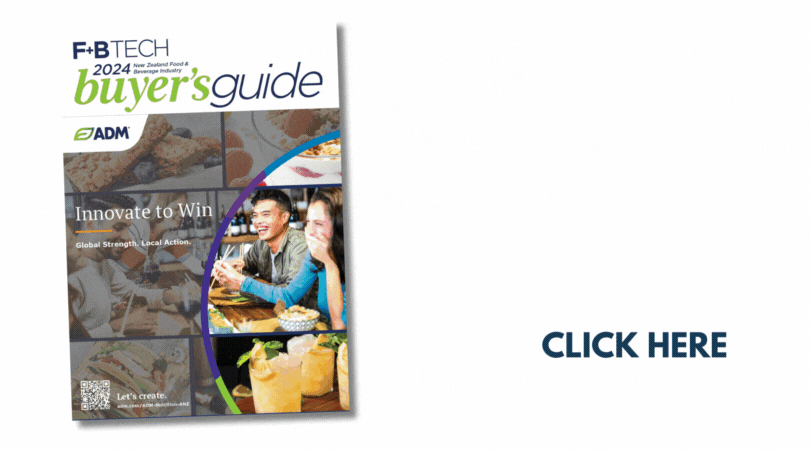According to management consulting firm L.E.K Consulting, clean label is one of the biggest trends in food and one that continues to evolve. For today’s consumers clean label is less about the ingredients featured back-of-pack and more about what isn’t listed, be it preservatives, genetically modified ingredients or artificial sweeteners.
The trend came to the fore in 2016, when major international CPGs and restaurant operators committed to going clean label. In the food manufacturing space, Kellogg’s and Campbell’s pledged to remove artificial colours and flavours in all their products by 2018.
What consumers originally wanted in clean label, however, is no longer what they are seeking out today. Originally, shoppers showed a preference for fat-free, low calorie, low carb and sugar-free claims. More recently, shoppers have displayed a preference for claims such as ‘all-natural’, organic, gluten-free, and antioxidant-rich.
Consumers also want locally sourced and fair-trade food and drink products with no artificial ingredients, as well as products that are free from GMOs and antibiotics.
Focusing on what’s not on the label
One of the biggest trends in clean label is a focus on what’s not on the label, otherwise known as the ‘no no list’ of ingredients.
In a survey undertaken by L.E.K, around 1600 consumers were asked which claims were the most important to them when buying food and drink products. Results indicated the most popular claim to be ‘no artificial ingredients’, this was followed by ‘no preservatives’, ‘locally produced/sourced’ and ‘all-natural’ – revealing that three out of the top four responses referred to clean label.
What are today’s consumers looking to avoid?
The American chain-store Panera Bread, which regularly updates its comprehensive ‘no no list’ on its website, is a good guide. The latest edition includes over 18 ingredients Panera says will never be in its pantry including calcium bromate, high fructose corn syrup (HFCS), titanium dioxide, and synthetic vanillin.
When L.E.K asked consumers which ingredients they aim to avoid when purchasing food, the biggest one was HFCS. Next up, shoppers were wary of artificial sweeteners, followed by sodium, sugar, preservatives, fat and nitrates.
COVID-19 and clean label
The clean label trend has evolved in response to the coronavirus pandemic. In a 2020 Health & Food Survey by the International Food Information Council (IFIC), it was revealed that COVID-19 has impacted eating and food preparation habits for 85 percent of consumers.
Since the pandemic hit, consumers are thinking about food more often than they usually do, are eating healthier than usual, and are cooking at home, this indicates a positive impact for clean label.
The IFIC also sought to determine the top food safety concerns for consumers amid the pandemic. While the most important concern was foodborne illness from bacteria, the second (food handling/food preparation related to risk of COVID-19) and third (chemicals in food) most popular indicate that clean label remains a high priority.






